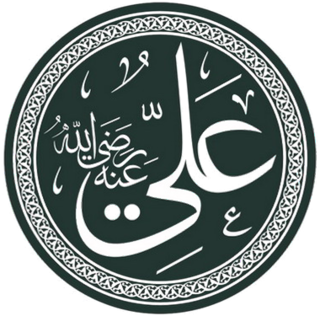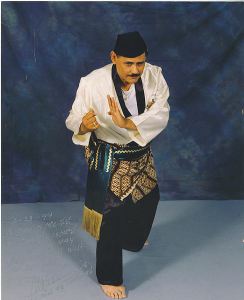 W
WA warrior is a person specializing in combat or warfare, especially within the context of a tribal or clan-based warrior culture society that recognizes a separate warrior class or caste.
 W
WA barbarian is a human who is perceived to be either uncivilized or primitive. The designation is usually applied as a generalization based on a popular stereotype; barbarians can be members of any nation judged by some to be less civilized or orderly but may also be part of a certain "primitive" cultural group or social class both within and outside one's own nation. Alternatively, they may instead be admired and romanticised as noble savages. In idiomatic or figurative usage, a "barbarian" may also be an individual reference to a brutal, cruel, warlike, and insensitive person.
 W
WErtuğrul or Ertuğrul Gazi was the father of Osman I. Little is known about Ertuğrul's life. According to Ottoman tradition, he was the son of Suleyman Shah, the leader of the Kayı tribe of Oghuz Turks, who fled from western Central Asia to Anatolia to escape the Mongol conquests, but he may instead have been the son of Gündüz Alp. According to this legend, after the death of his father, Ertuğrul and his followers entered the service of the Sultanate of Rum, for which he was rewarded with dominion over the town of Söğüt on the frontier with the Byzantine Empire. This set off the chain of events that would ultimately lead to the founding of the Ottoman Empire.
 W
WGhazi originally referred to individuals who participated in ghazw, meaning military expeditions or raiding. The latter term was applied in early Islamic literature to expeditions led by the Islamic prophet Muhammad, and later taken up by Turkic military leaders to describe their wars of conquest.
 W
WLine infantry was the type of infantry that composed the basis of European land armies from the middle of the 17th century to the middle of the 19th century. Maurice of Nassau and Gustavus Adolphus are generally regarded as its pioneers, while Turenne and Montecuccoli are closely associated with the post-1648 development of linear infantry tactics. For both battle and parade drill, it consisted of two to four ranks of foot soldiers drawn up side by side in rigid alignment, and thereby maximizing the effect of their firepower. By extension, the term came to be applied to the regular regiments "of the line" as opposed to light infantry, skirmishers, militia, support personnel, plus some other special categories of infantry not focused on heavy front line combat.
 W
WMartial race was a designation created by army officials of British India after the Indian Rebellion of 1857, where they classified each caste into one of two categories, 'martial' and 'non-martial'. The ostensible reason was that a 'martial race' was typically brave and well-built for fighting, while the 'non-martial races' were those whom the British believed to be unfit for battle because of their sedentary lifestyles. However, an alternative hypothesis is that British-trained Indian soldiers were among those who rebelled in 1857 and thereafter recruitment policy favoured castes which had remained loyal to the British and diminished or abandoned recruitment from the catchment area of the Bengal Army. The concept already had a precedent in Indian culture as one of the four orders (varnas) in the Vedic social system of Hinduism is known as the Kshatriya, literally "warriors". Brahmins were described as 'the oldest martial community', in the past having two of the oldest regiments, the 1st Brahmans and 3rd Brahmans.
 W
WAli bin Abi Talib took part in all the battles of the Islamic prophet Muhammad's time, except the Battle of Tabuk, as standard bearer. He also led parties of warriors on raids into enemy lands, and was an ambassador. Ali's fame grew with every battle that he was in, due to his courage, valour, and chivalry, as well as the fact that he single-handedly, destroyed many of Arabia's most famous and feared warriors. Muhammad acknowledged him as the greatest warrior of all time.
 W
WA musketeer was a type of soldier equipped with a musket. Musketeers were an important part of early modern armies, particularly in Europe, as they normally comprised the majority of their infantry. The musketeer was a precursor to the rifleman. Muskets were replaced by rifles in most western armies during the mid-1850s. The traditional designation of "musketeer" for an infantry private survived in the Imperial German Army until World War I.
 W
WPendekar, pandikar or pandeka in silek is an Indonesian word used to refer to or address a warrior who masters the martial arts, particularly silat. Not all masters carry the honorary title; it must be either officially bestowed by royalty or unofficially by commonfolk. The latter is most common today, especially outside Southeast Asia. In modern usage, the title is often adopted by the founder of a new style and is used much like the term grandmaster.